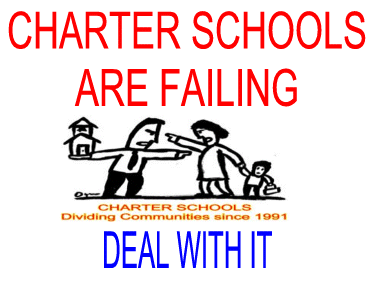Low-Graduation-Rate Schools Concentrated in Charter, Virtual School Sectors
The U.S. high school graduation rate reached a record high of 82.3 percent in 2014, according to the latest Building a Grad Nation report. Improvements were seen in all subgroups and the number of low-graduation-rate schools decreased overall. The report points out, however, that much works needs to be done to reach the national goal of a 90 percent graduation rate by 2020.
In order to meet this milestone, a 1.2 percent increase in graduation rates would be needed each year. This year, graduation rates only increased by .9 percent.
The GradNation campaign is led by Civic Enterprises, the Everyone Graduates Center at the Johns Hopkins University, America’s Promise Alliance and the Alliance for Excellent Education. For seven years, the four organizations have released updates on the progress and the challenges in increasing graduation rates across the nation.
For the first time, the GradNation report analyzes data using new criteria established by the Every Student Succeeds Act (ESSA), passed by Congress in December to replace No Child Left Behind, to identify low-graduation-rate high school schools. Despite an overall decline nationally, these schools “pose a significant roadblock” in the effort to reach that landmark 90 percent graduation rate.
“As the number of low-grad-rate schools grows in some states, it is necessary to take a closer look at when and where these schools are part of the solution or a wrong turn on the path to 90 percent graduation rates for all students,” says Jennifer DePaoli, senior education advisor at Civic Enterprises and the report’s lead author.
ESSA defines a low-graduation-rate school as one that enrolls 100 or more students and has a graduation rate of 67 percent or below. Under this definition, charter, virtual and alternative high schools make up 52 percent of all low-graduation-rate high schools in the nation, compared to 41 percent for regular public schools.
Charter schools currently account for about eight percent of all high schools. Of these, 30 percent are classified as low-graduation-rate schools. Charters in general have a national average graduation rate of 70 percent , below the 85 percent level for regular high schools. Seven percent of these schools are classified as low-graduation-rate schools.
Alternative schools, which are established to meet the needs of “at risk” students, make up 6 percent of all high schools and share a similar graduation rate with charter schools—52 percent . Fifty-seven percent of alternative high schools are low-graduation-rate schools.
 Virtual schools, which offer full-time instruction online and represent a slim 1 percent of all high schools, have the highest percentage of low-graduation schools – 87 percent . The average graduation rate for virtual schools is 40 percent .
Virtual schools, which offer full-time instruction online and represent a slim 1 percent of all high schools, have the highest percentage of low-graduation schools – 87 percent . The average graduation rate for virtual schools is 40 percent .
The GradNation report states that “in light of the finding that alternative, charter, and virtual schools make up only about 10 percent of high schools, yet make up more than 50 Low-Graduation-Rate Schools Concentrated in Charter, Virtual School Sectors:

